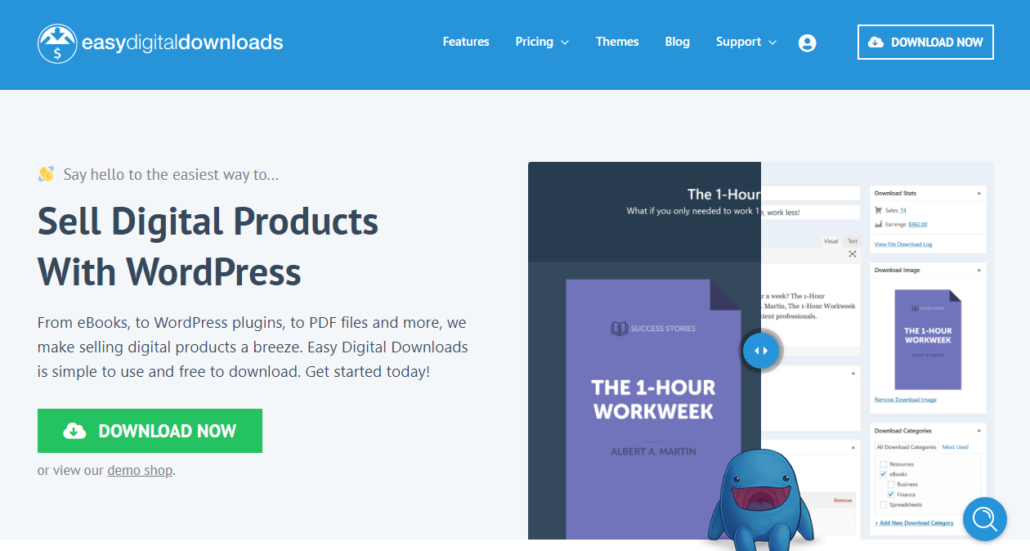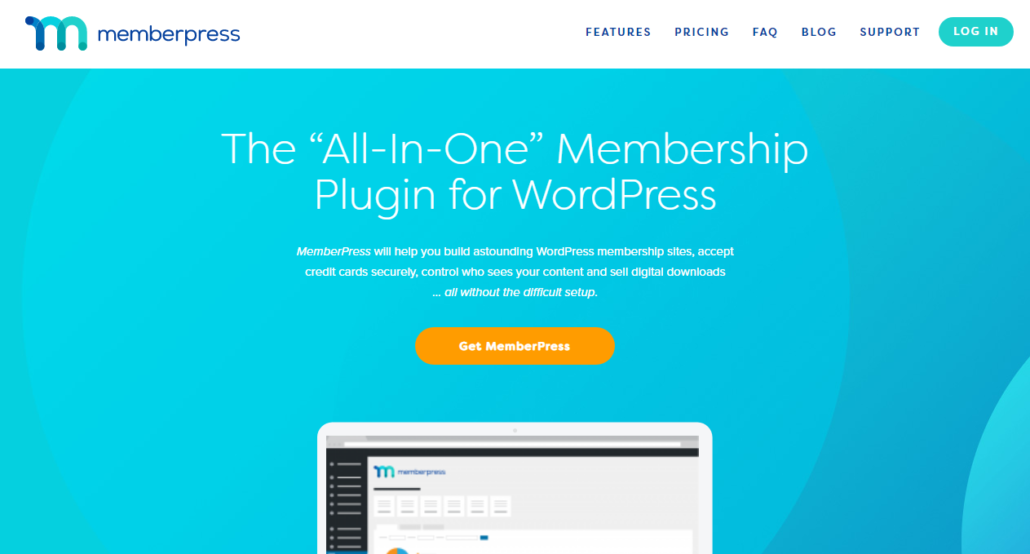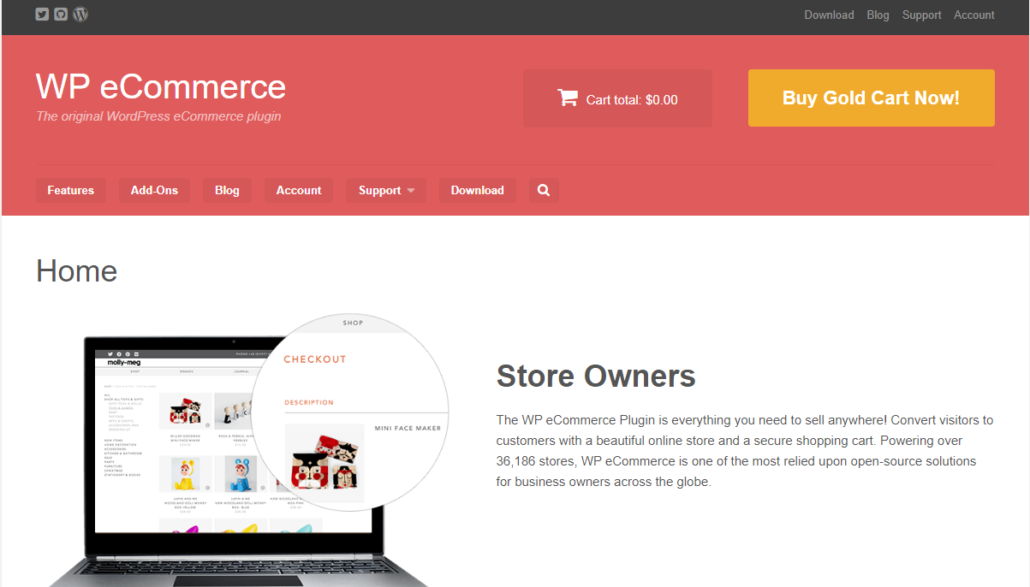5 WooCommerce Alternatives That You Should Consider
If you visit WordPress ecommerce website, most likely it is using WooCommerce. WooCommerce is by far the most popular ecommerce solution for WordPress sites. But that doesn’t mean that it’s the only game in town. There are numerous reasons why someone chooses not to use WooCommerce. If an alternate to WooCommerce is the best option, we will show you what the alternatives are.

1. Easy Digital Download
WooCommerce allows you to sell physical and digital merchandises. Easy Digital Download is another option that was made within digital merchandise in mind. There are add-ons sold for it that provide frontend submissions, software licensing, and payment gateways. If you are planning on selling just digital items, then this is a great alternative.

2. Memberpress
Memberpress is a WordPress plugin that allows you to sell paid memberships subscriptions. Memberpress can easily provide multiple payment gateways, pricing tables and many other tools to help manage your subscription services. WooCommerce has extensions that provide subscription services, but you will need additional addons to add on things like affiliate programs, pricing pages and others. Memberpress doesn’t have the ability to act as a traditional cart. If you need to sell any kind of product you would need to use it alongside of WooCommerce.

3. Ecwid Ecommerce
Ecwid Ecommerce is similar to WooCommerce, but the biggest difference is that it is a ecommerce platform that can integrate into other places beside wordpress. It allows you to sell your products on other places like Ebay, Amazon, Facebook, and Instagram. With Ecwid, you are able to choose from over 30 different payment processing options and has shipping carriers integrated. Ecwid Ecommerce does come with a free version, but you are only able to sell 10 items and there are a lot of options that are not available to you. To get more products to sell and access to some of the other features you would need to choose from one of their other options that range from $15 to $99 a month.

4. WP eCommerce
WP eCommerce is very much similar to WooCommerce. It’s a free plugin that provide WordPress sites an ecommerce solution. You can purchase additional addons and extensions to add additional features like payment gateways, coupon management, subscription management and more. The biggest draw for WP eCommerce is the ability to be able to edit the HTML and CSS code. This allows you customize the layout to fit your own vision.

5. Shopify
Unlike WooCommerce and all the other alternatives mentioned, Shopify does not need WordPress. Shopify is an ecommerce hosting solution. Everything needed to have an online store is provided by Shopify. You don’t have to worry about security, updates, or hosting, Shopify take care of it all. One of the drawbacks to Shopify is that you don’t have as much control of the website as you would with WooCommerce. You are also charge transaction fees which could add up if you have a lot of sales.
